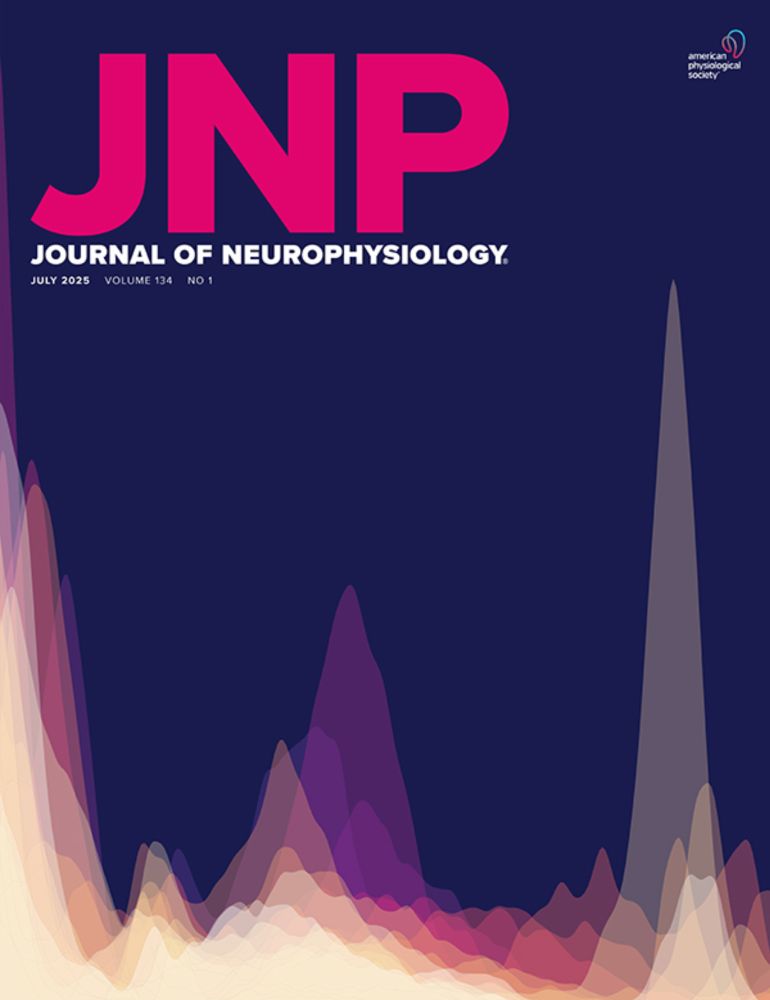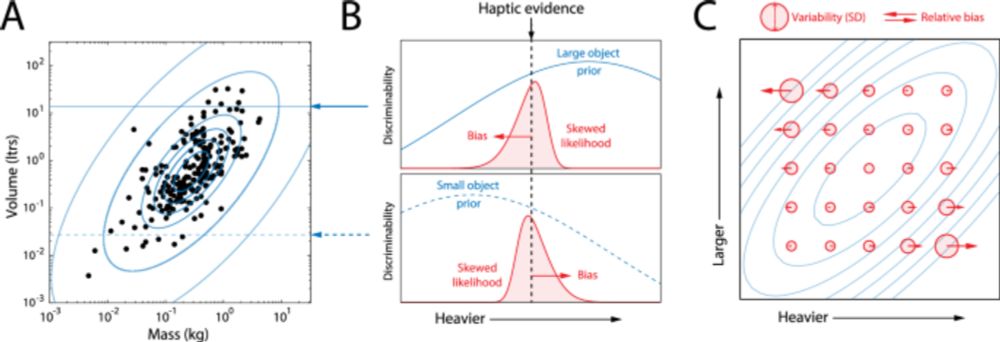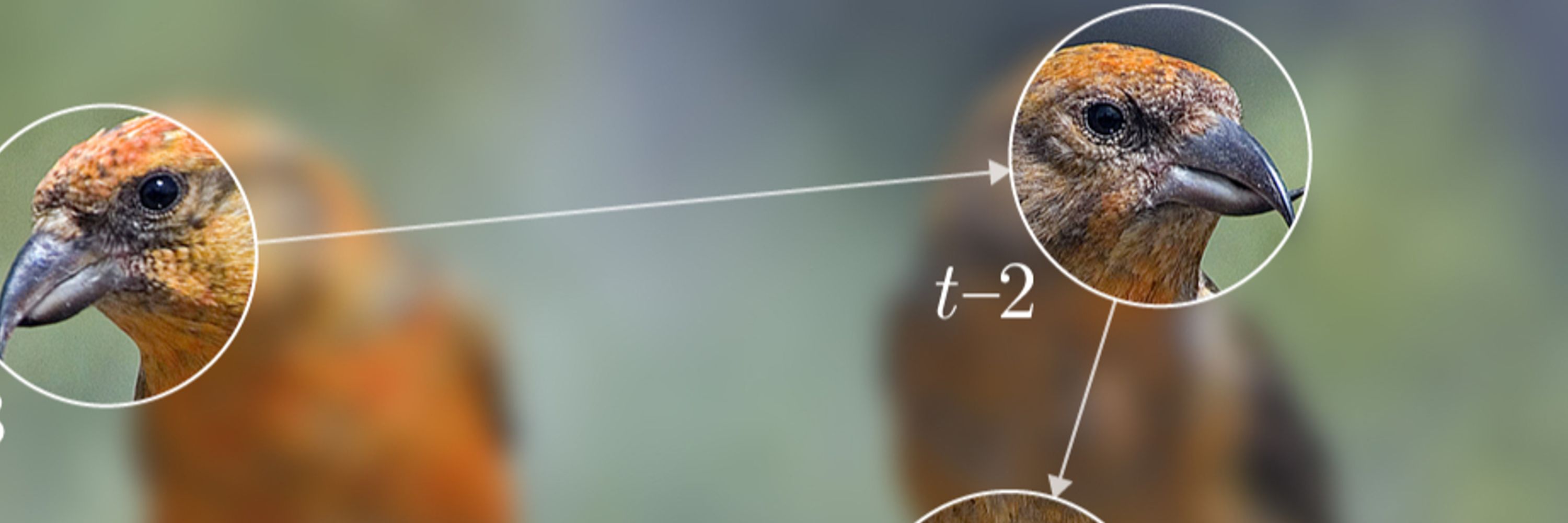Paul Bays
@bayslab.org
140 followers
74 following
48 posts
Computational cognitive scientist, Professor at University of Cambridge.
Posts
Media
Videos
Starter Packs
Paul Bays
@bayslab.org
· Aug 1

Divisive attenuation based on noisy sensorimotor predictions accounts for excess variability in self-touch | Journal of Neurophysiology | American Physiological Society
When one part of the body exerts force on another part, the resulting tactile sensation is perceived as weaker than when the same force is applied by an external agent. This phenomenon has been studie...
journals.physiology.org
Paul Bays
@bayslab.org
· Jan 29

Weight illusions explained by efficient coding based on correlated natural statistics - Communications Psychology
Weight illusions reflect the efficient coding of everyday experiences with objects. Bayesian models that account for the resulting differences in discriminability predict the size-weight and material-...
www.nature.com
Paul Bays
@bayslab.org
· Nov 21
Paul Bays
@bayslab.org
· Nov 19
Paul Bays
@bayslab.org
· Nov 19
Paul Bays
@bayslab.org
· Nov 19
Paul Bays
@bayslab.org
· Nov 19
Paul Bays
@bayslab.org
· Nov 19
Paul Bays
@bayslab.org
· Nov 19
Paul Bays
@bayslab.org
· Nov 19
Paul Bays
@bayslab.org
· Nov 19
Paul Bays
@bayslab.org
· Nov 19
Paul Bays
@bayslab.org
· Nov 19
Paul Bays
@bayslab.org
· Nov 19
Paul Bays
@bayslab.org
· Nov 19
Paul Bays
@bayslab.org
· Nov 19
Paul Bays
@bayslab.org
· Nov 19
Paul Bays
@bayslab.org
· Nov 19
Paul Bays
@bayslab.org
· Nov 19
Paul Bays
@bayslab.org
· Nov 19
Paul Bays
@bayslab.org
· Nov 19
Paul Bays
@bayslab.org
· Nov 19
Paul Bays
@bayslab.org
· Nov 19
Paul Bays
@bayslab.org
· Nov 19
Paul Bays
@bayslab.org
· Nov 19
